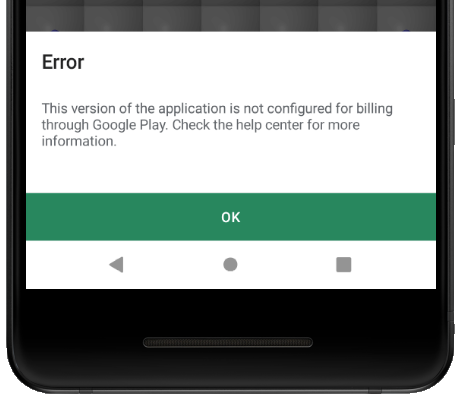Calculating disk space usage per MySQL DB:
sudo du -h /var/lib/mysql/
932M /var/lib/mysql/beauty
179M /var/lib/mysql/slogpost
485M /var/lib/mysql/omegauto
8.0K /var/lib/mysql/test
676K /var/lib/mysql/sys
22G /var/lib/mysql/bot
79M /var/lib/mysql/master
11M /var/lib/mysql/mysql
176K /var/lib/mysql/phpmyadmin
21M /var/lib/mysql/shar
127M /var/lib/mysql/mike
1.1M /var/lib/mysql/performance_schema
79M /var/lib/mysql/devnote
12M /var/lib/mysql/mike1
48K /var/lib/mysql/game
24G /var/lib/mysql/


